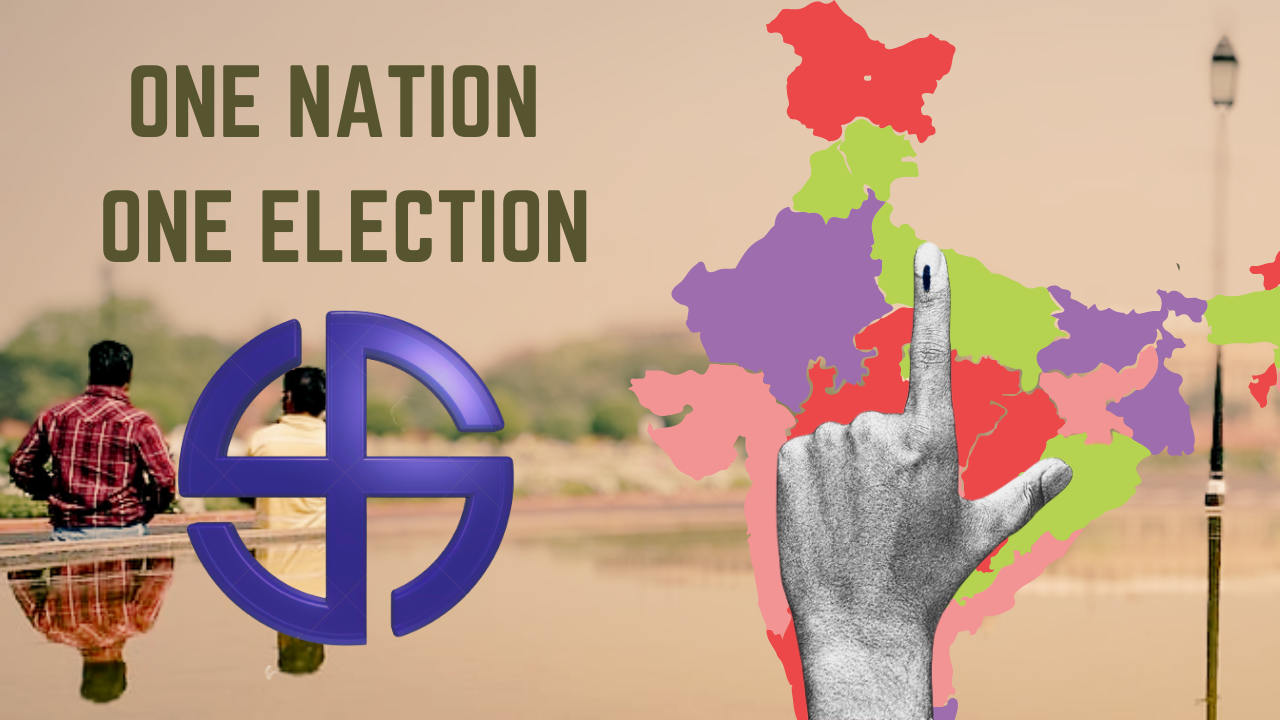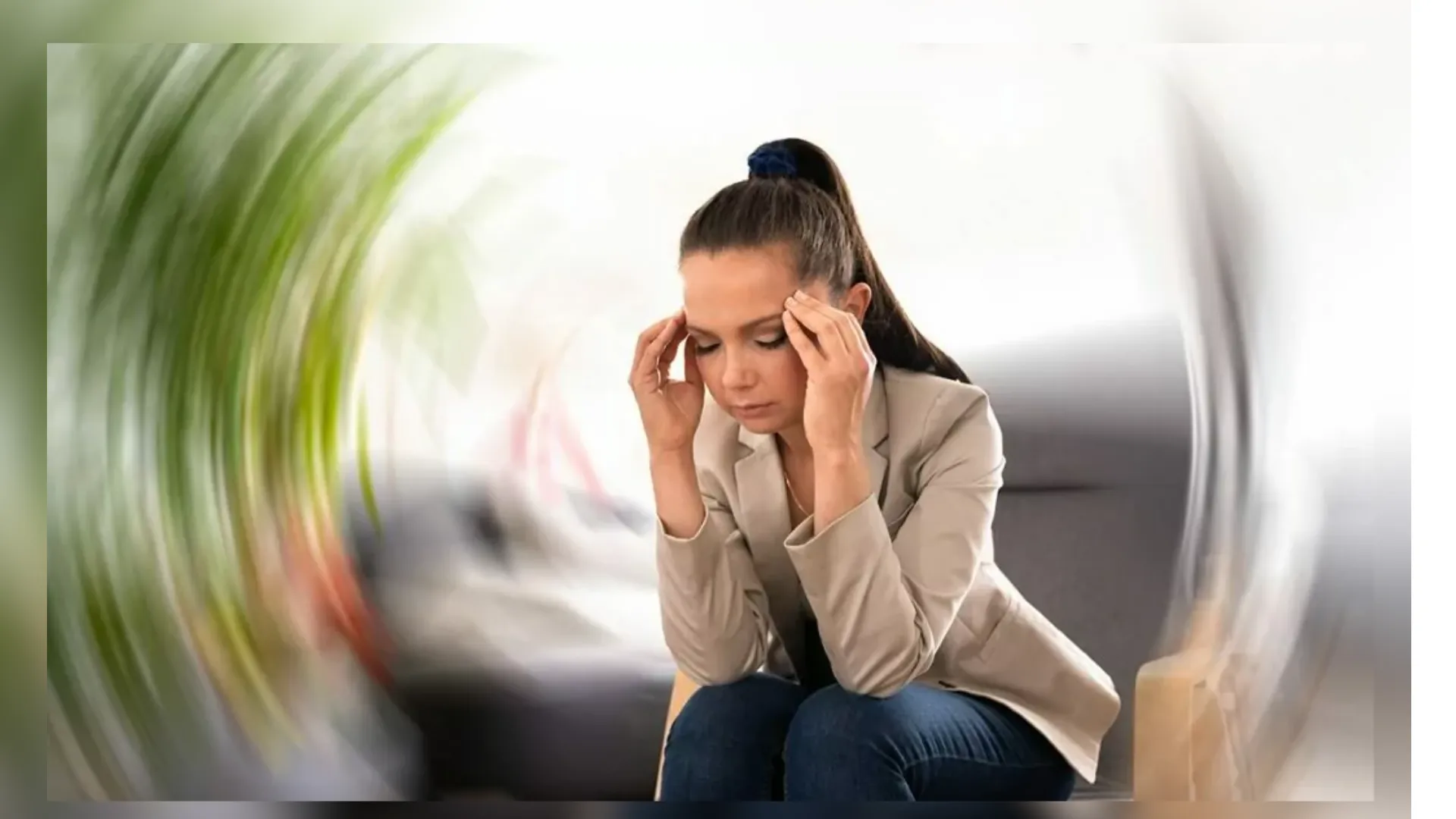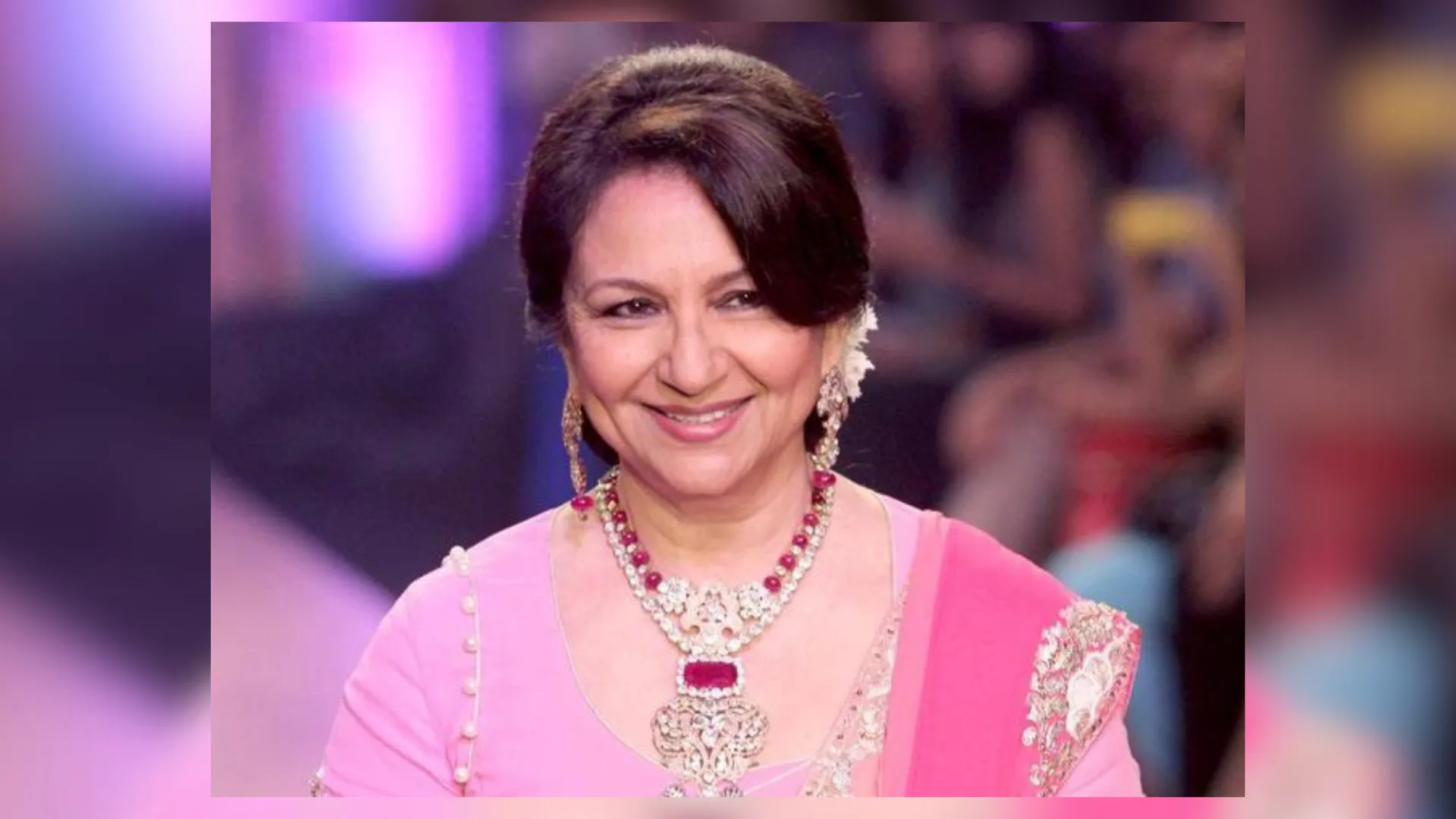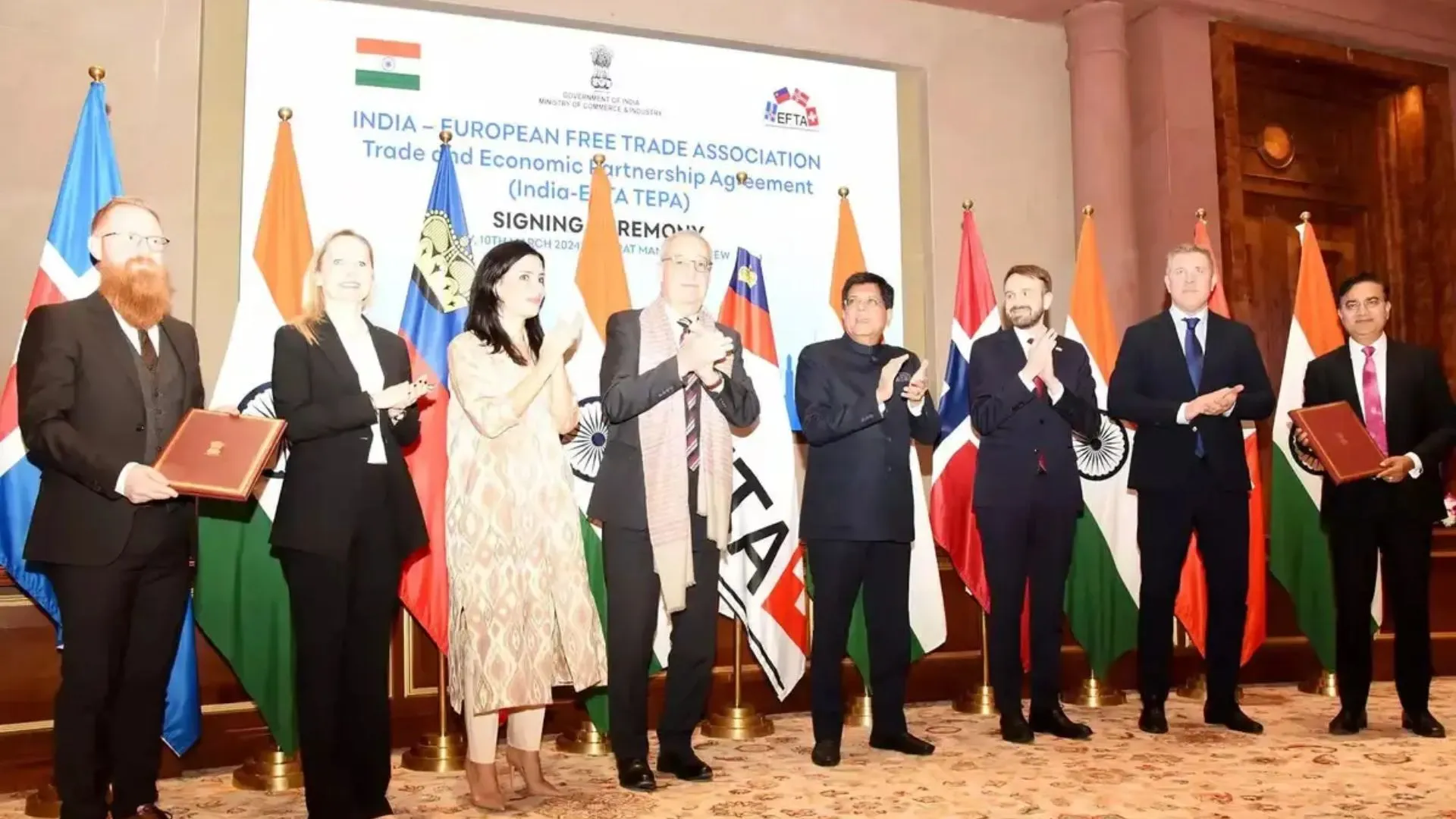The likelihood of ‘One Nation One Election’ of being introduced in the upcoming special parliament session has increased significantly after Centre announced the formation of committee headed by India’s former President Ramnath Kovind. Previously, Parliamentary Minister Parliamentary Affairs Minister Pralhad Joshi announced the special session of parliament between September 18 and 22 but there is no official word so far about the purpose of the 5-day parliament session. Meanwhile, BJP chief JP Nadda on Friday met former President Ramnath Kovind after the announcement of committee which is supposed to study the feasibility of the
The concept of ‘One Nation One Election’ aims to align the electoral schedules for the Lok Sabha and State Assemblies in India. Typically, general elections for the Lok Sabha and State Assemblies occur at a five-year interval. However, certain states also hold separate elections for their respective State Assemblies, resulting in a substantial financial strain on the government.
Contrary to the perception that the idea of ‘One Nation One Election’ is a recent reform or a completely new idea from scratch, India originally had the system of One single election. In fact, the Indian Election commission had successfully conducted simultaneous elections for both the Lok Sabha and state assemblies in 1952, 1957, 1962, and 1967.
The discontinuation of this practice in 1968-69 was primarily due to the premature dissolution of certain Legislative Assemblies, driven by various factors. Since then, India has grappled with the challenge of reinstating the previous electoral system, yet achieving a consensus among political parties has proven to be a complex task.
Addressing Constitutional Hurdles For One Nation One Election
The Constitutional changes require a thorough review and amendment of specific provisions in order to achieve simultaneous elections. These modifications were also identified by Union Minister of State for Law and Justice, Arjun Ram Meghwal.
Article 83: Article 83 of the Indian Constitution stipulates that the Lok Sabha’s term is five years from its first sitting. To harmonize the terms of State Legislative Assemblies with the Lok Sabha, this article must be revised.
Article 85: Article 85 grants the President of India the authority to dissolve the Lok Sabha when necessary. Any adjustments to the election cycle would necessitate amendments to accommodate synchronized elections.
Article 172: Article 172 defines the term of a state’s legislative assembly, setting it at five years from its first sitting. To align this term with the Lok Sabha, an amendment is required.
Article 174: Similar to Article 85, Article 174 empowers state Governors to dissolve Legislative Assemblies. Amendments are necessary to enable .
Article 356: Article 356 allows the Central Government to impose President’s Rule in a state in cases of constitutional machinery failure. This article may need modifications to align with the ‘One Nation, One Election’ proposal.
The Law Commission’s recommendation seeks to address critical legal and procedural aspects within the existing framework for One Nation One Election. The comprehensive report delved into the legal and constitutional intricacies surrounding the concept of holding Lok Sabha (the lower house of India’s Parliament) and state Legislative Assembly elections simultaneously.
The report, a result of meticulous examination, offered a set of key draft recommendations that had far-reaching implications for the Indian electoral system. Here were the primary highlights of the Law Commission’s proposals:
The Law Commission had previously contended that having One Nation One Election was not feasible within the existing framework of the Indian Constitution. To achieve this ambitious goal, the Commission suggested necessary amendments to the Constitution, the Representation of the People Act 1951, and the Rules of Procedure of Lok Sabha and state Assemblies. Furthermore, they proposed that at least 50% of the states must ratify these constitutional changes.
The reform is focused on several advantages of holding simultaneous elections, including:
(i) Financial Savings: Simultaneous elections would save public funds.
(ii) Administrative Efficiency: It would reduce the burden on the administrative setup and security forces.
(iii) Effective Governance: Timely implementation of government policies would be assured.
(iv) Development Focus: Administrative machinery could be directed toward developmental activities rather than electioneering.
The Law Commission outlined three alternatives for synchronizing elections in India:
Option 1: The Commission recommended altering election timings in certain states to align them with Lok Sabha elections scheduled for 2019. This involved extending the terms of assemblies in some states and potentially dissolving assemblies in others.
Option 2: If assembly elections were held in 2019 and 2021 as per Option 1, elections would only need to be conducted twice in five years.
Option 3: If simultaneous elections are not feasible, the Commission suggested holding all elections falling within a calendar year together, requiring amendments to the Constitution and the Representation of the People Act, 1951.
The Law Commission had also pointed out that passing a no-confidence motion could curtail the term of the Lok Sabha or a state assembly. To address this, they proposed replacing the ‘no-confidence motion’ with a ‘constructive vote of no-confidence,’ which would only allow the government’s removal if an alternate government had the confidence of the House/Assembly. Moreover, they suggested limiting the number of such motions during the House/Assembly’s term.
In the event no party secured a majority to form the government, a hung House/Assembly could result. The Commission recommended that the President/Governor should offer an opportunity to the largest party and their pre or post-poll alliance to form the government. If this failed, an all-party meeting should be convened to resolve the stalemate, and if that too proved unsuccessful, mid-term elections might be held, with the newly formed House/Assembly serving only the remainder of the previous term.
The Commission suggested amending anti-defection laws to ensure that all disqualification issues arising from defection were resolved by the presiding officer within six months.
As the nation awaits further developments on One Nation One Election, the Law Commission’s recommendations have the potential to reshape the electoral landscape, potentially saving resources and streamlining governance in the world’s largest democracy.
One of the major hurdles is the need for constitutional amendments to implement simultaneous elections successfully. The proposed changes not only required careful consideration but also necessitated the cooperation of a significant number of states. As discussions around this proposal gained momentum, the constitutional amendment process became a central point of debate in India’s political landscape.
Implementing simultaneous elections required broad bipartisan cooperation and consensus among political parties. This highlights the importance of cross-party support in achieving this monumental shift in India’s electoral system. Whether political parties could put aside their differences for the greater good of the nation remains a pressing question.
While there’s a need for comprehensive roadmap for implementing simultaneous elections it will be a mountainous task to make it a part and parcel of India’s federal structure. The proposed options involved adjustments to election schedules, constitutional amendments, and legal changes, all of which required time and careful planning.
The success of this ambitious proposal also hinged on public opinion and stakeholder engagement. Engaging with various stakeholders, including political parties, civil society organizations, and the general public, was critical in shaping the final approach to simultaneous elections.
Beyond the question of simultaneous elections, there are an number of critical issues related to governance and stability. The recommendations on reforming no-confidence motions, handling hung Houses/Assemblies, and expediting decisions on defection-related disqualifications aimed to enhance the effectiveness of India’s democratic institutions.
The fact of the matter is that ‘One Nation One Election’ puts forward the potential to reshape the electoral landscape, improve governance efficiency, and lead to substantial cost savings. However, the road to implementation was fraught with challenges, requiring political will, legal amendments, and robust public discourse.
Also Read: Diksha Dagar Takes Lead in Women’s Irish Open After First Round
Catch all the Latest Business News, Breaking News Events, and Latest News Updates on NewsX





















